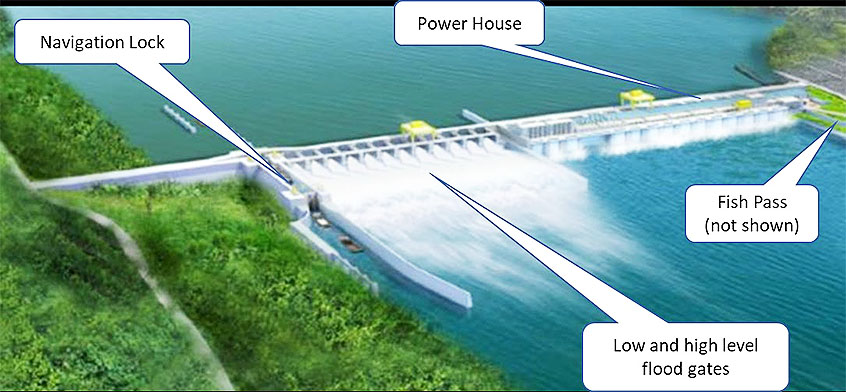
Pak Lay Dam Info by Hobo Maps - Go to Hydropower Projects Page - - Home
The Pak Lay Hydropower project is to be located on the mainstream Mekong river near the town of Pak Lay, Pak Lay District of Xayabouri (Sayaboury) Province, Lao PDR.
The project owner and developer is Pak Lay Power Company Limited, a joint venture company where Thai-based Gulf Energy Development Plc holds a 40% equity stake and Chinese enterprise Sinohydro (Hong Kong) Holding Co. (SHK) holds a 60% equity stake. The project website is at https://www.paklaypower.com/en/index.php.
Concept image below of what the Pak Lay Dam might look like:

Proposed location of Pak Lay dam below at red marker near coordinates - 18°24'05.0"N 101°35'01.0"E (18.401389, 101.583611).

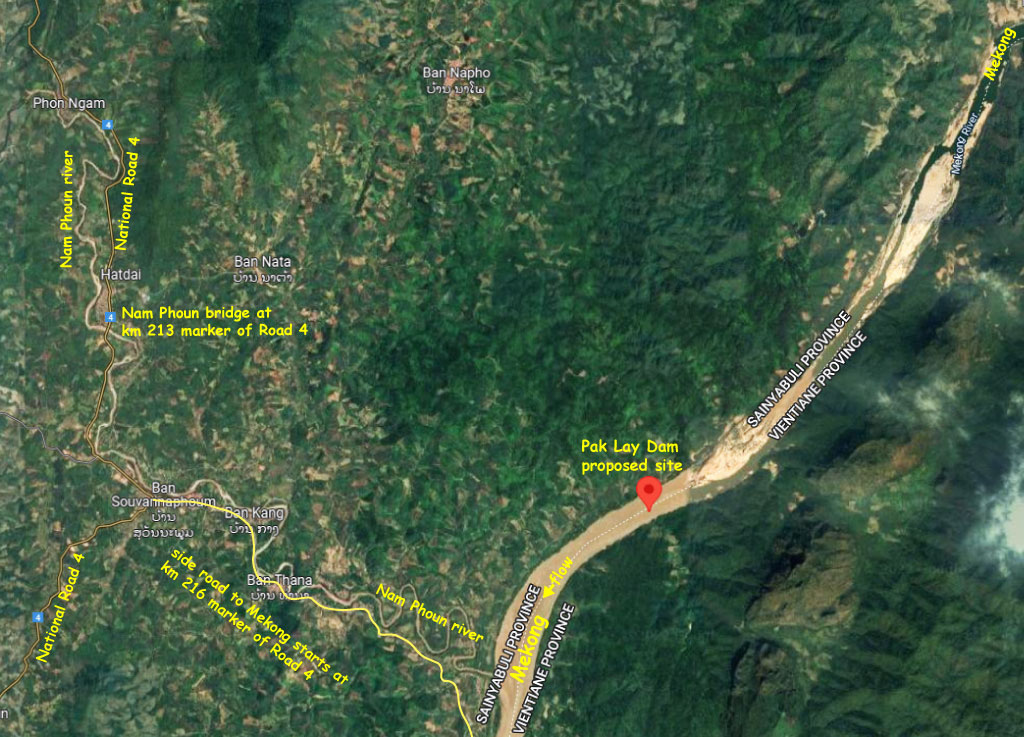
The original Pak Lay project design was for a 1,320 MW power plant but later was reduced to 770 MW. Average annual output may be 4,124 GWh.
The run-of-river project is designed to operate continuously year-round with 14 turbine-generator sets producing 55 MW each.
The project’s cost is estimated at US$ 2.134 billion with construction expected to start in 2024 and commercial operation to begin in 2032.
Since late 2021, China’s Sinohydro Corp. has been building an access road, a workers’ camp and a power source at the site.
Image below shows construction in progress August 2024 as the Mekong is at very high level.
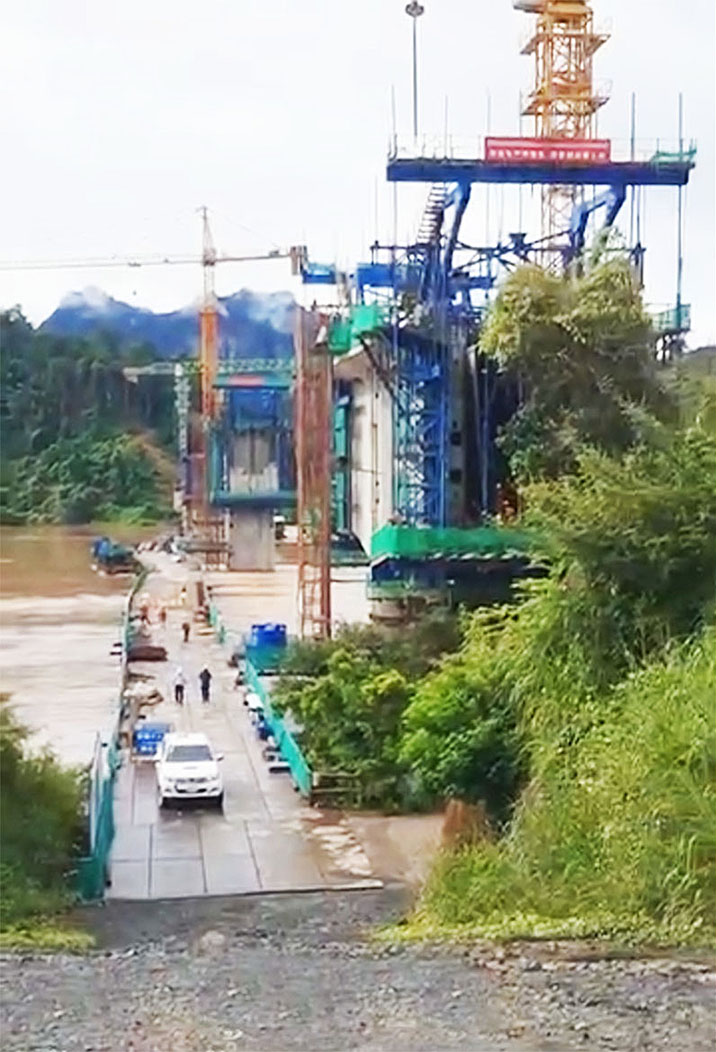
China Export-Import Bank is the project's principal financer by advancing US$ 1.7 billion.
According to the economic evaluation that was provided to the Mekong River Commission during the approval process, Sinohydro expects to sell power for US 8.2 cents per kilowatt-hour throughout the 29-year concession period and to retire the China EximBank loan in Year 18 of that period.
Images below from the project website Jan. 2024.
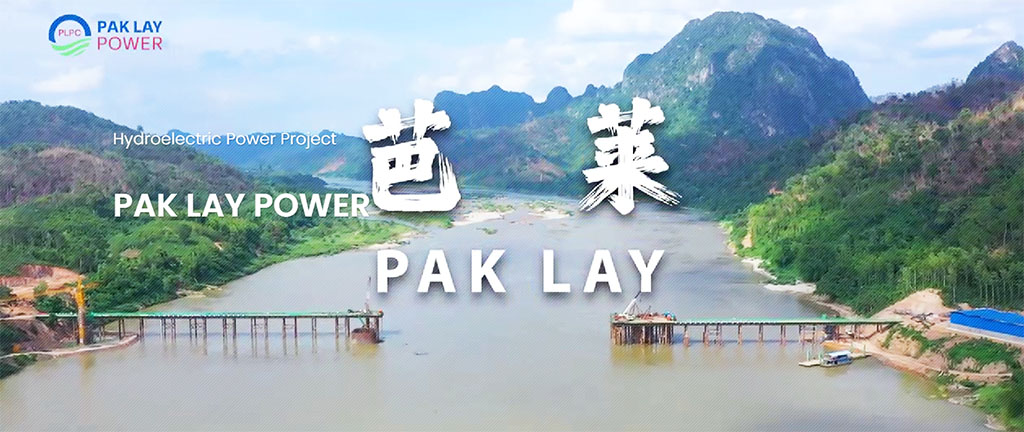

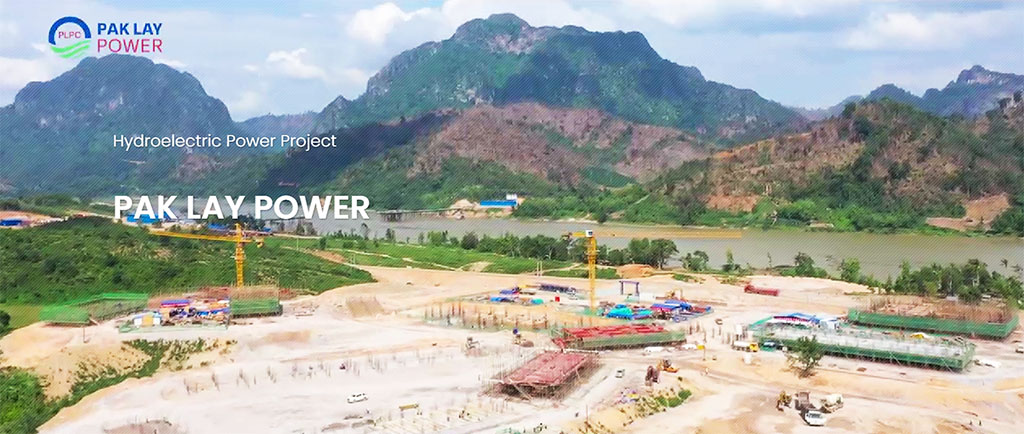
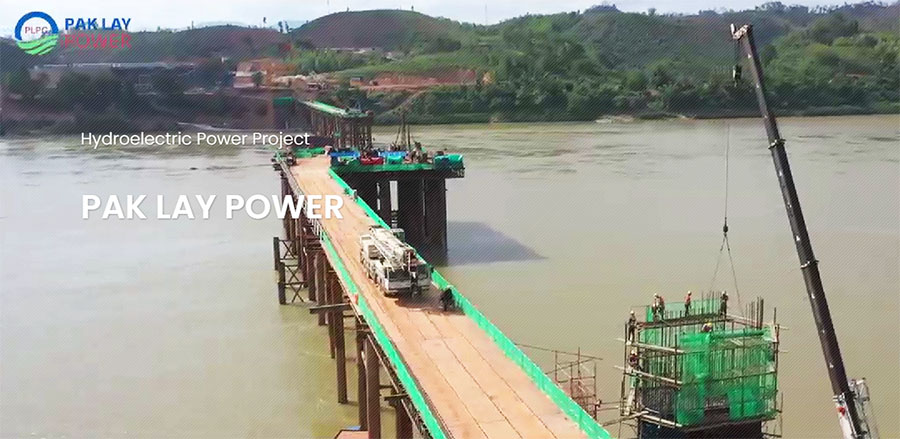
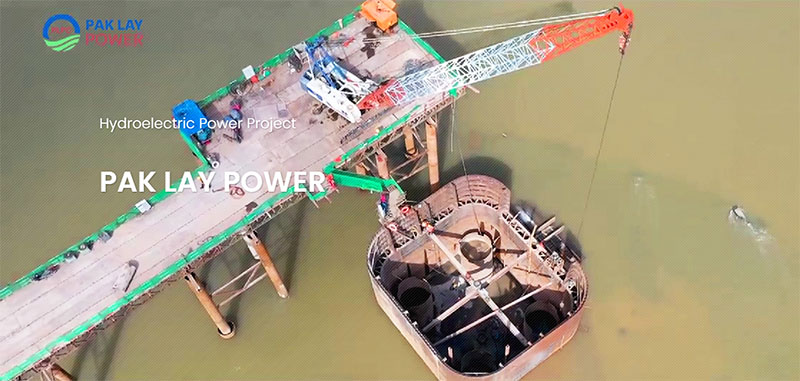

PowerChina Resources Ltd. and China National Electronics Import-Export Corporation will be in charge of construction. PowerChina has established an office in Pak Lay town as seen in the image below:
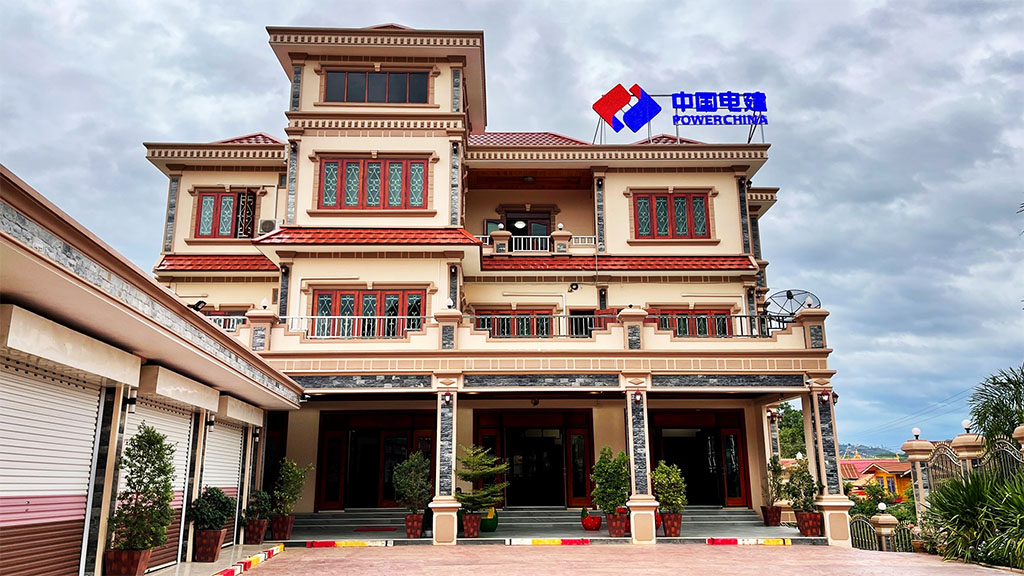
On June 13, 2018 the owners submitted plans for the project to the Mekong River Commission for the 6 month prior consultation process. The review was completed on April 4, 2019 after delays for resubmission and the pandemic. .
In March 2022 Thailand energy authorities announced that Electricity Generating Authority of Thailand (EGAT) will soon sign a long-term Power Purchase Agreement (PPA) to purchase all of the electricity output from the Pak Lay hydropower project at an estimated tariff rate of 2.69 baht (about 7.5 cents US) per kilowatt-hour. Other reports estimate the tariff to be about 8.2 US cents per kilowatt-hour.
On March 20, 2023 it was announced that a Power Purchase Agreement (PPA) was signed with EGAT (Electricity Generating Authority Thailand) for a period of 29 years from the commercial operation date which is scheduled for year 2032. It seems this will involve all of the power output produced by the project.
At least 1,000 families from about 20 villages (4,800 people) in Xayaburi province will be forced to relocate when the Pak Lay Dam Hydropower project is constructed. The villages affected the most are Ban Tha Liev, Ban Pak Tung, Ban Nong Kay and Ban Hune Ngam all of which are all located upstream on the Mekong River and will be flooded with loss of 3,500 hectares of farmland
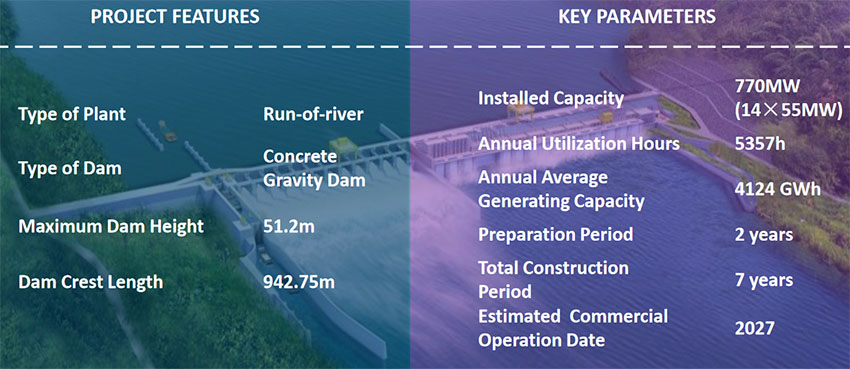
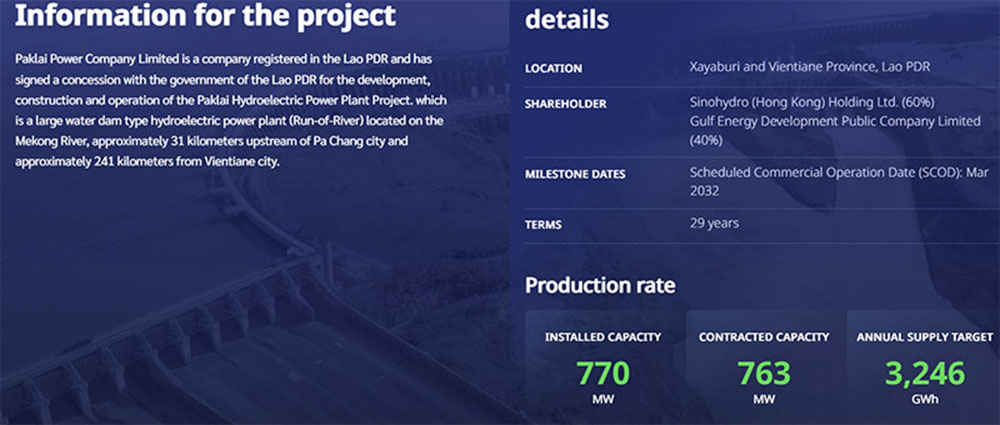
Pak Lay Dam site location images below:

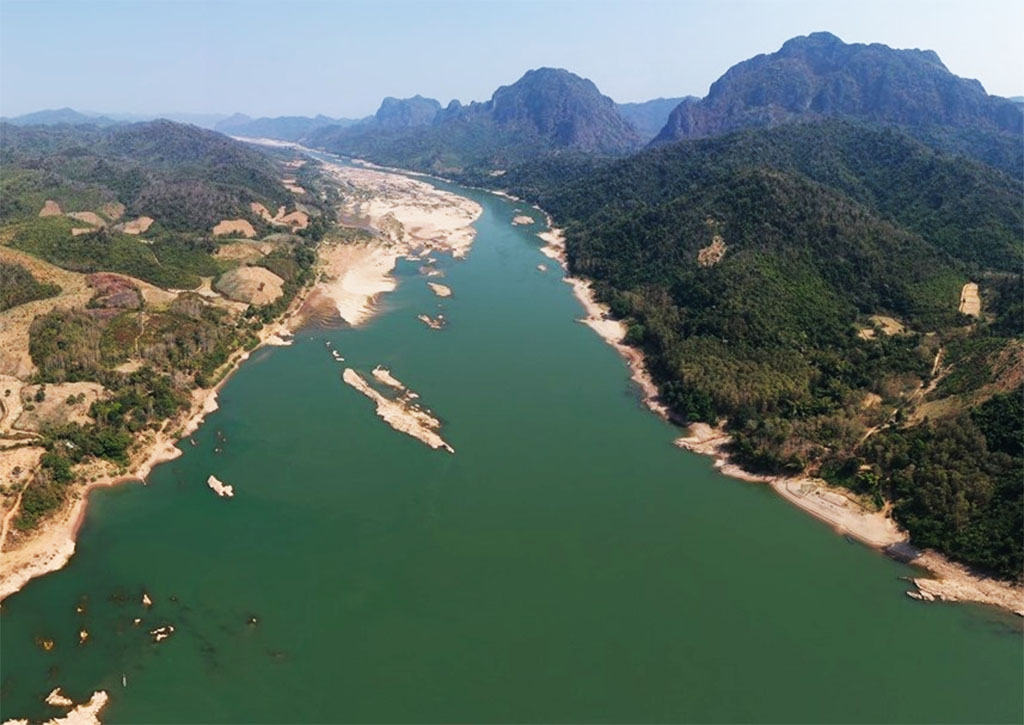
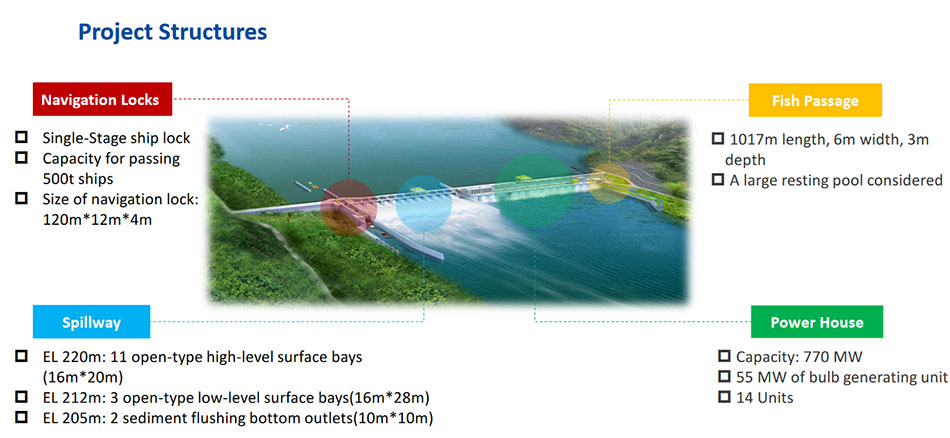
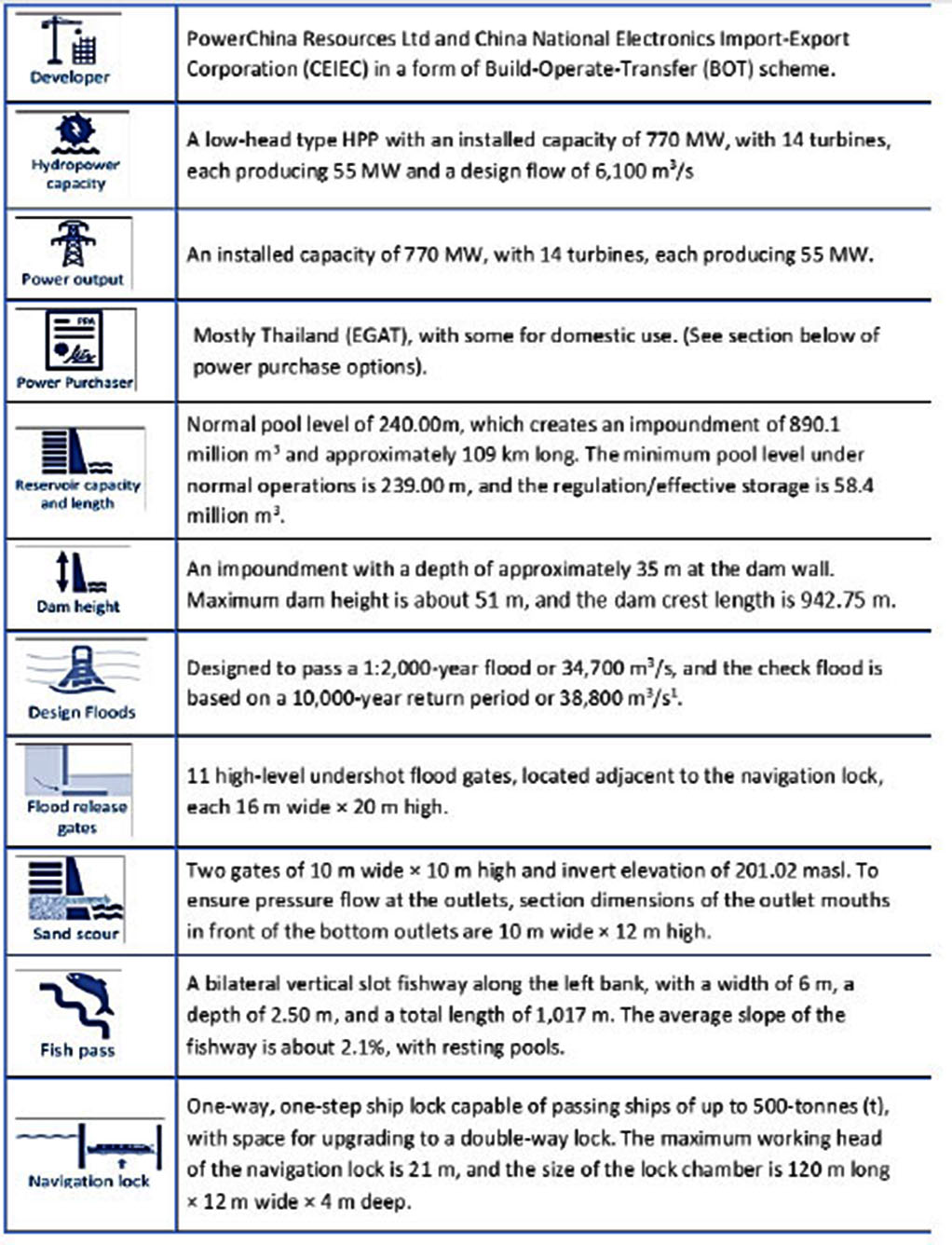
Images below from 2018 PDF document of Pak Lay Dam info by Mekong River Commission - can download HERE
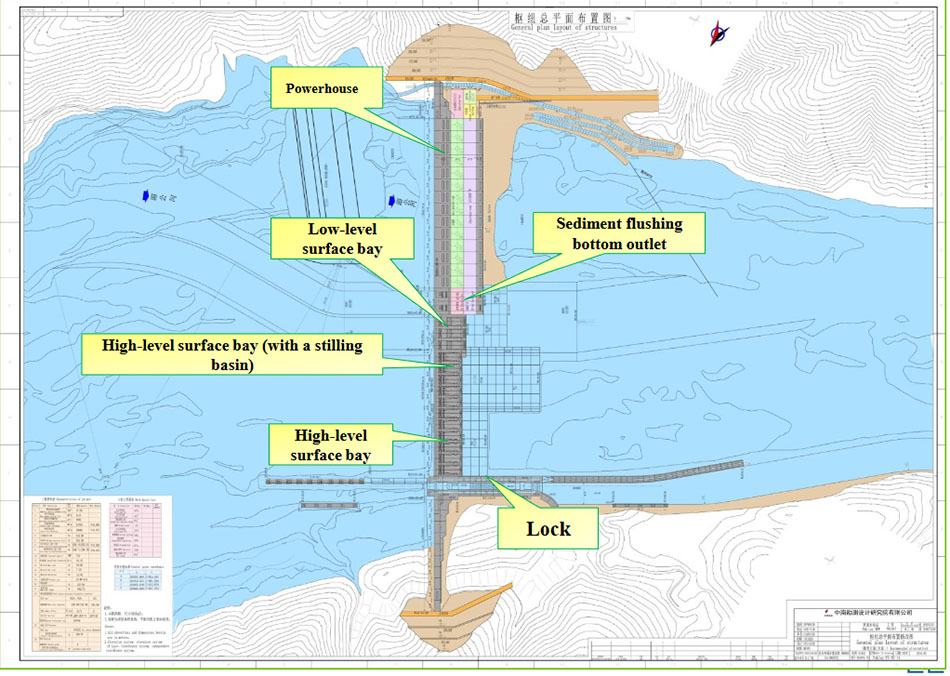
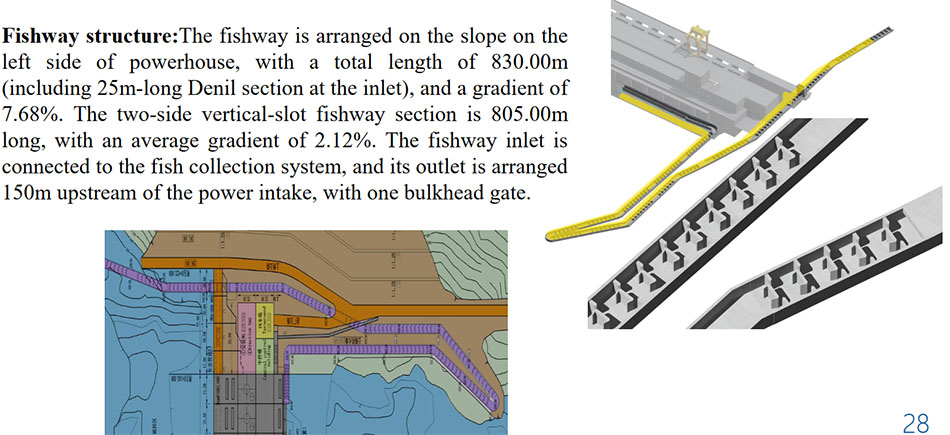
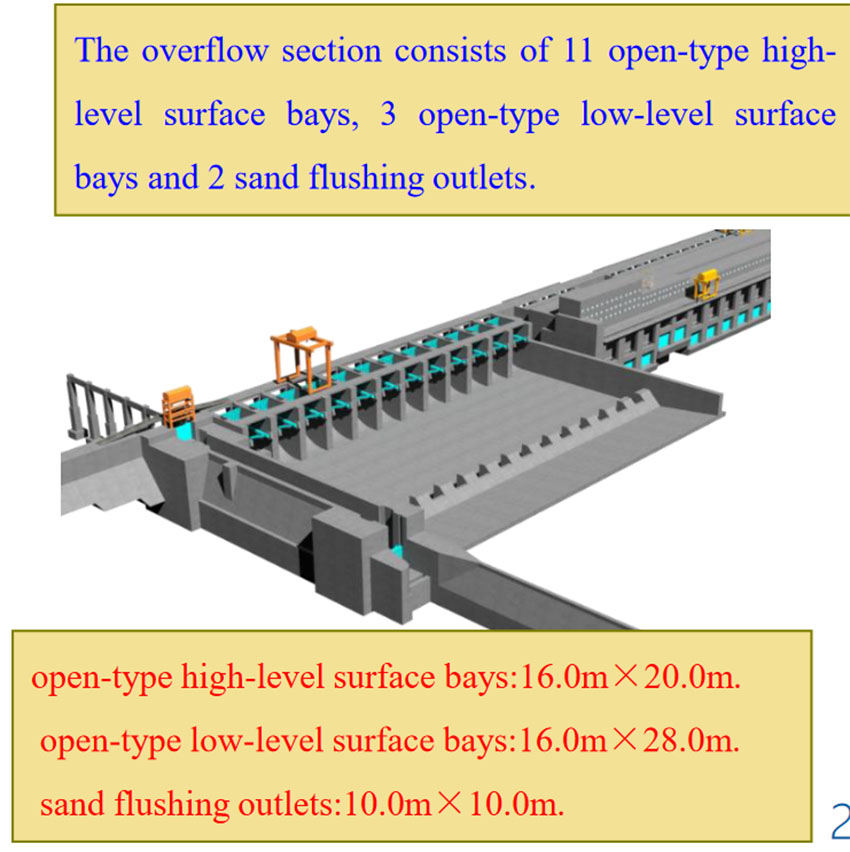

The Pak Lay head pond upriver from the dam structure may raise the Mekong river level all the way up to the Xayabouri Dam structure as shown in images below, just as the Xayabouri Dam head pond has raised the Mekong all the way up to Luang Prabang town where the dry-season sandbars and walk bridges on the Nam Khan are no longer seen.
The diagrams below show Pak Lay backwater reservoir Full Supply Level at 240 meters above sea level which is just one meter below the Xayaburi Dam barrage structure base at 241 meters above sea level.
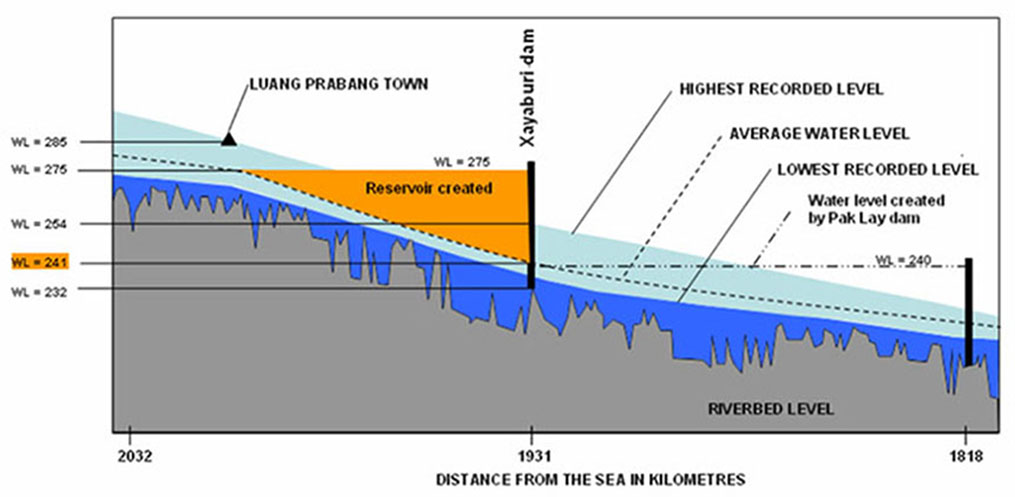
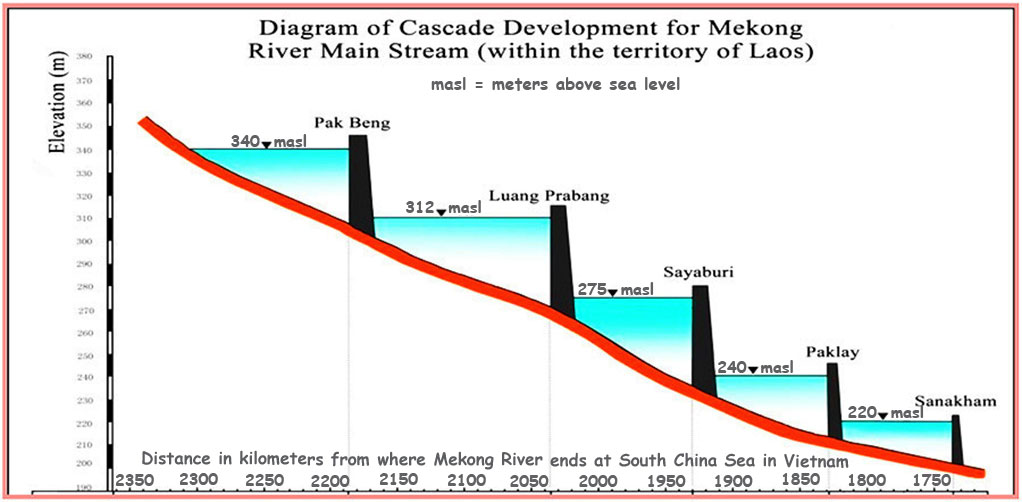
On 4 April 2019 the Mekong River Commission issued a formal statement that the 6 month prior consultation process for Pak Lay Hydropower Project was concluded. The Statement called on Lao PDR to make every necessary effort to address and mitigate potential adverse cross-border impacts of the project by taking into account recommendations provided in the Technical Review Report resulted from the prior consultation process.
Pak Lay town images below:

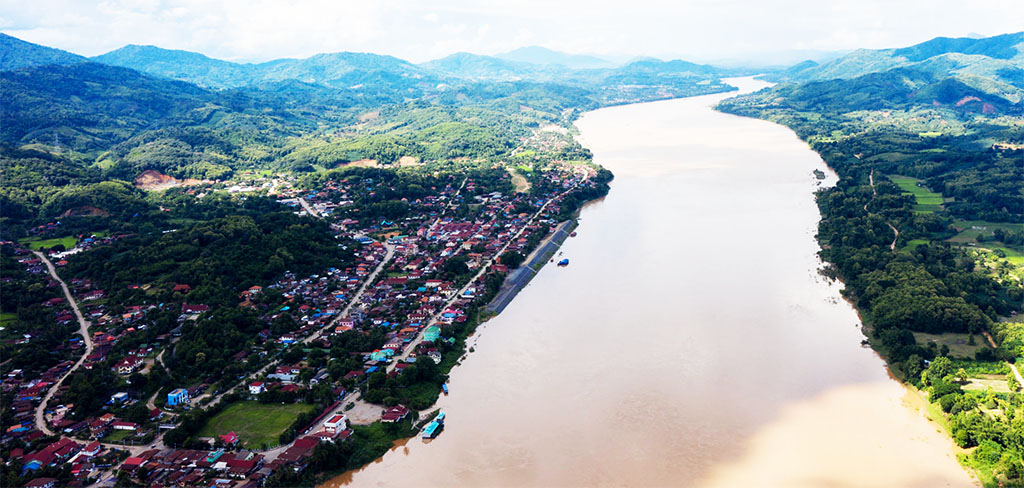
Below Flood Management info from MRC publication - Fast-facts-about-Pak-Lay-hydropower-project.pdf
Reservoir operation at higher than design flows: During the flood season, if the forecasted inflow is larger than the design discharge, the reservoir outflow must be equal to the inflow. The generator units will be operated at their capacity for power generation and the extra flow will be discharged through the flood discharge facilities, maintaining the reservoir at the normal pool level. If the inflow is larger than 16,700 cubic meters per second and is forecast to increase further, the power station will stop generating and the flood discharge facilities will be fully opened.
During the flood recession time, if the inflow is less than 16,700 cubic meters per second and is forecast to decrease, the flood discharge facilities will gradually be closed until the reservoir level returns to the normal pool level and the hydropower project will resume power generation.
We are not sure of the transmission route for export of the Pak Lay Dam output to Thailand. Maybe connect with the existing transmission line from Sayaboury Dam that goes to Tha Li, Thailand?
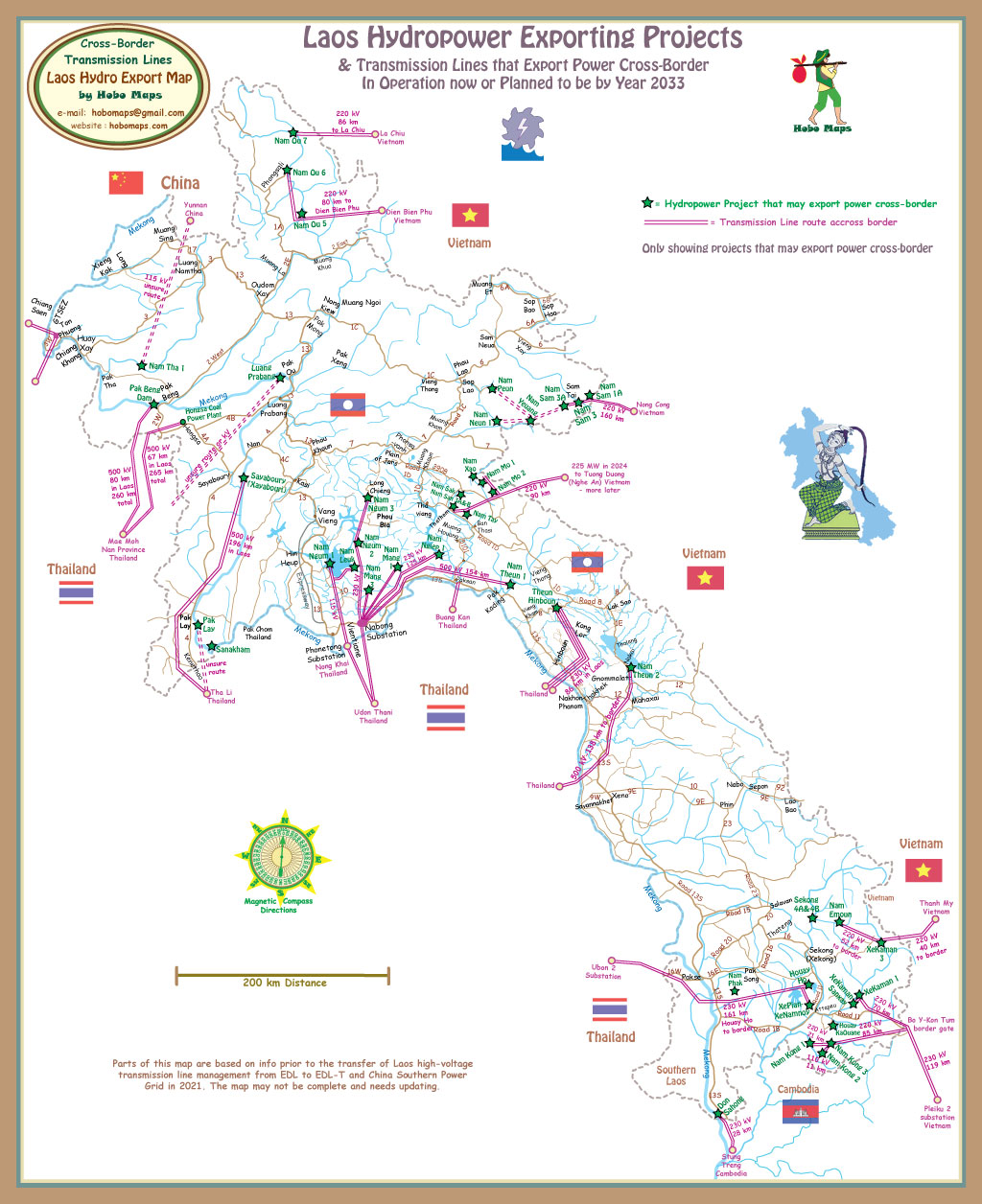
The project website in Jan. 2024 has the links below for published documents at this web page - https://www.paklaypower.com/th/sustain.php
https://www.paklaypower.com/documents/01-Environmental-Impact-Assessment-EIA.html
https://www.paklaypower.com/documents/02-Social-Impact-Assessment-SIA.html
https://www.paklaypower.com/documents/03-Environmental-Management-and-Monitoring-Plan-EMMP.html
https://www.paklaypower.com/documents/04-Social-Management-Monitoring-Plan-SMMP.html
https://www.paklaypower.com/documents/05-Resettlement-Action-Plan-RAP.html
https://www.paklaypower.com/documents/Transboundary_Cumulative_Impact_Assessment_TB_CIA.html
https://www.paklaypower.com/documents/PNPCA_Process_Roadmap.html
https://www.paklaypower.com/documents/08-Statement-on-the-Prior-Consultation-Process.html
https://www.paklaypower.com/documents/09-Joint-Action-Plan-for-Implementation-of-Statement.html